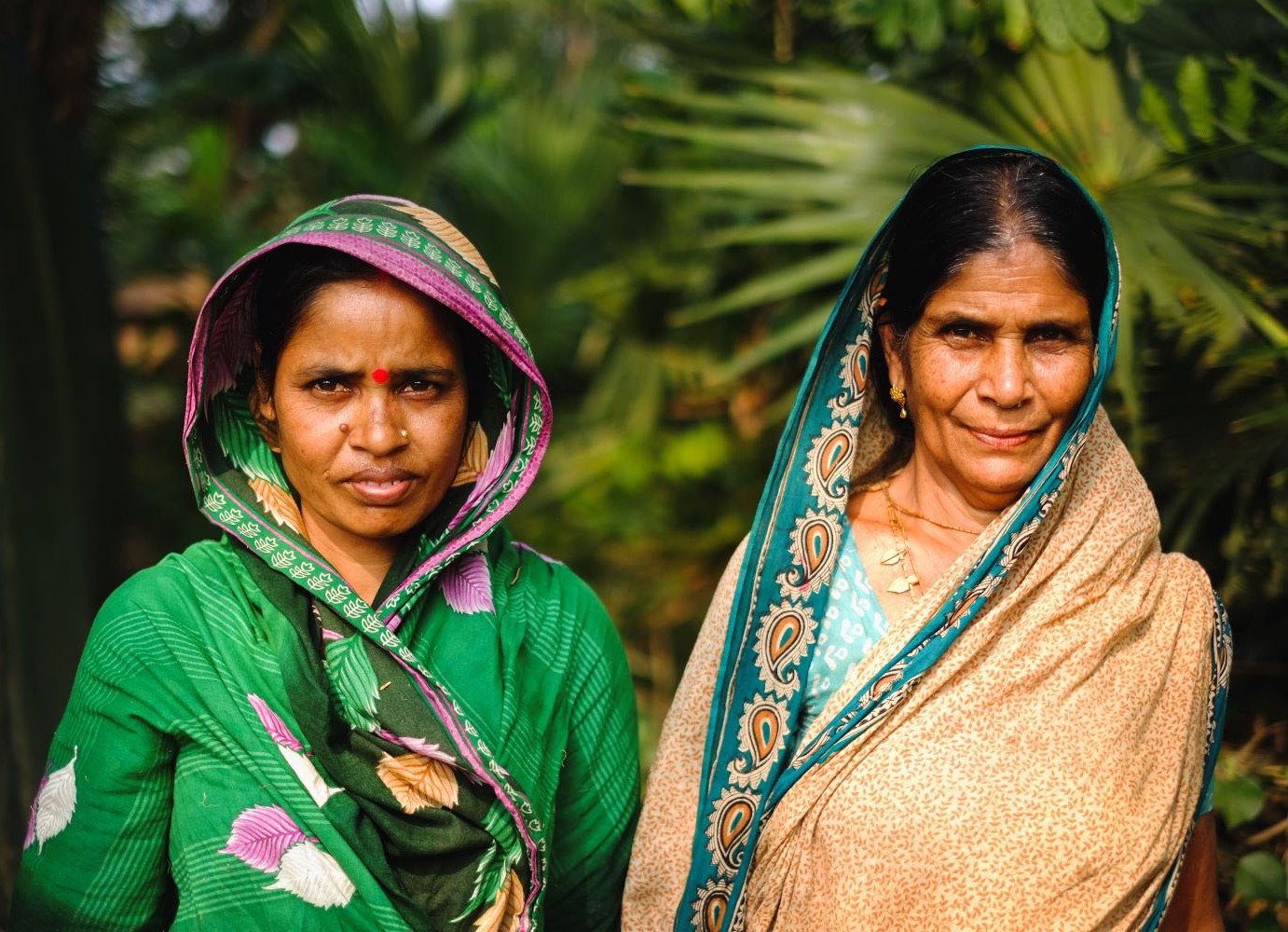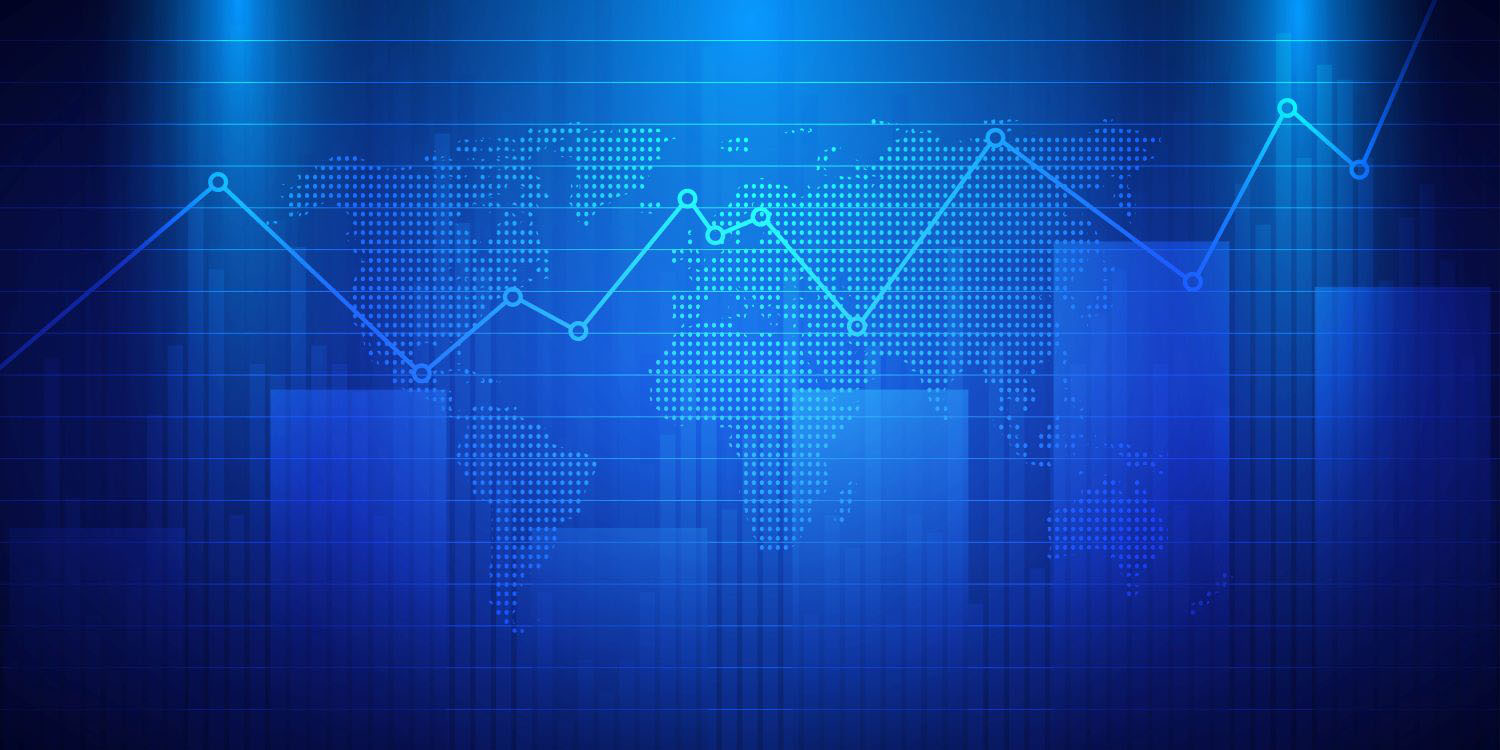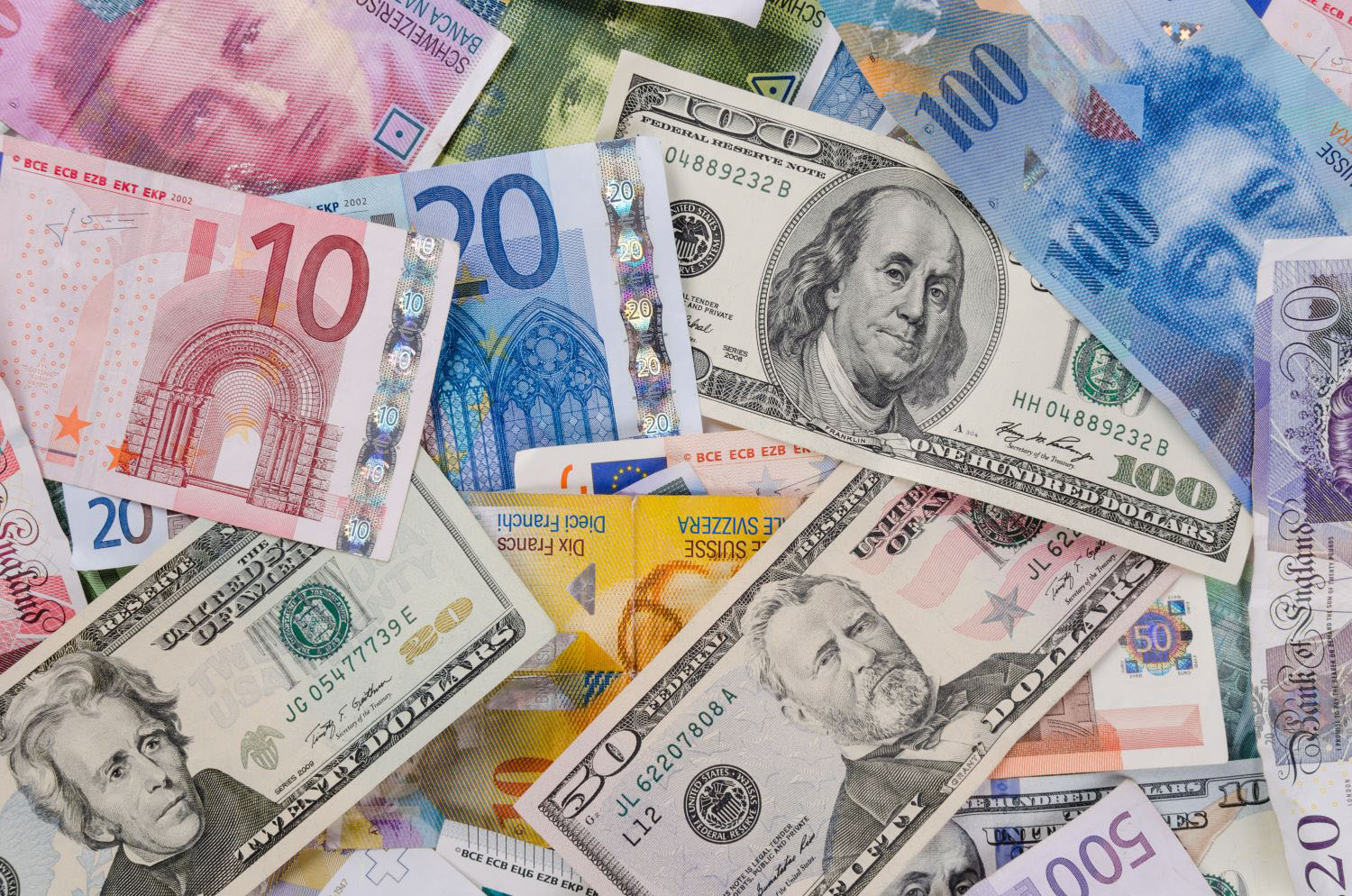When the UN adopted the Sustainable Development Goals (SDGs) in 2015, they were met with a mix of hope, dismay, and derision. Lant Pritchett compared them favorably to the Millennium Development Goals (MDGs) for putting “kinky” development behind us. But one way of assessing goals is whether they change the way we human beings do business. Until we see how people respond to these goals, judgments about their specificity, complexity, and usefulness are educated guesses. At a workshop last month, I got a glimpse of two ways the SDGs may be making a difference—focusing political attention and reorganizing aid relationships.
The workshop I joined, co-hosted by the OECD and the European Commission in Brussels, addressed how results based management is being used to improve public administration in low- and middle-income countries and asked, furthermore, whether this process was influenced by the SDGs.
For me, the participation of representatives from developing countries—such as Togo, Burkina Faso, and Timor Leste—was the most instructive. These officials not only demonstrated their keen interest in measuring performance but explained how they were changing government practices to link their budgets and programming to the measurement of results. Public administration reforms like this are underway all over the world; for example, Delhi just announced such an initiative last week.
Setting goals can be powerful—for good or ill. And goals provide focus—which is good (when it draws attention to real priorities) and bad (when it distracts us from more important things). The workshop showed the better side of goal-setting. It demonstrated the gains in a political and managerial sense from focusing attention on measurable goals within a framework that cautions against tunnel vision. While this discussion can be endless in the abstract, the developing country officials showed what it looks like in practice. In each case, they described how their countries’ commitment to all 17 SDGs was being addressed through pragmatic allocations of their limited time and resources.
Setting goals can also be transformative by providing a common language for negotiation, coordination, and collaboration. At the workshop, country officials described how this worked internally by using results frameworks in their own government planning and budgeting processes. Externally, they expressed the wish that aid agencies would step up and match aid agreements to the results defined in national strategies. Thus, the SDGs provide an opportunity to link domestic agendas to SDGs and then use that linkage as leverage to get cooperation from donors who are publicly committed to the same SDGs. I saw something similar happen in Ethiopia in 2003-2004 when donors met with Ethiopian government officials and the Ethiopians used the MDGs to focus and discipline the aid agencies.
So: the SDGs are almost two years old and—at least in a few countries—they are being used as a tool for framing national strategies and for organizing and focusing the relationship between aid agencies and recipient governments. I’d say that’s a practical win on process…though the jury is still out on impact.
Thanks to Nandita Murukutla for sharing the news from Delhi.
CGD blog posts reflect the views of the authors, drawing on prior research and experience in their areas of expertise.
CGD is a nonpartisan, independent organization and does not take institutional positions.





